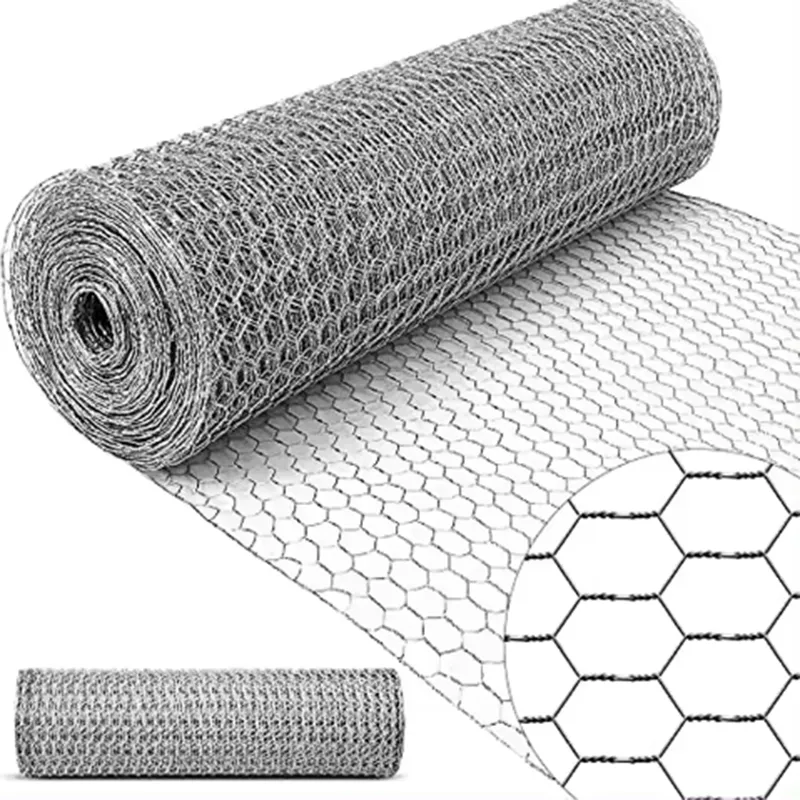-
 Phone:
Phone: -
 Email:
Email:

Innovation in Rock Netting Techniques for Effective Slope Stabilization and Protection Methods
The Role of Rock Netting in Slope Protection
Slope stability is a critical concern in civil engineering, particularly in areas prone to landslides and erosion. The application of various methods to protect slopes has evolved significantly over the years, with rock netting emerging as a prominent solution. This article explores the principles of rock netting, its benefits, application methods, and its effectiveness in slope protection.
Understanding Rock Netting
Rock netting involves the installation of a network of steel or synthetic mesh over rocky surface areas or soil slopes. This mesh is designed to prevent loose rocks from detaching and falling, thereby mitigating the risk of rockfall and landslides. Typically constructed from high-strength materials, rock netting systems are capable of withstanding the dynamic forces involved in natural rock movement.
These netting systems are often combined with additional slope stabilization techniques such as anchors, shotcrete (sprayed concrete), and drainage systems to enhance their effectiveness. The synergy of these techniques provides a comprehensive solution for maintaining slope integrity.
Benefits of Rock Netting
The use of rock netting offers several key benefits
1. Enhanced Safety By preventing loose rocks from falling, rock netting significantly reduces the risk of injury or damage to infrastructure below. This makes it an essential component in areas adjacent to highways, railroads, and populated locations.
2. Cost-Effectiveness Compared to other slope stabilization techniques, rock netting tends to be more affordable and quicker to install. The materials can be sourced relatively easily, and the installation process often requires less machinery and labor.
3. Minimal Environmental Impact Rock netting systems are designed to blend into the natural landscape. They can be installed in a way that minimizes disruption to local ecosystems, making them an environmentally friendly option for slope stabilization.
4. Long-Term Durability High-quality rock netting is engineered to withstand harsh weather conditions, UV exposure, and corrosion. This durability ensures that the slope protection remains effective over time, significantly reducing maintenance needs.
rock netting slope protection

5. Versatility Rock netting can be adapted for different geological conditions. Whether dealing with steep slopes, rocky outcrops, or loose soil, rock netting can be tailored to meet specific project requirements.
Application Methods
The installation of rock netting involves several key steps
1. Site Assessment Before installation begins, a thorough assessment of the slope is conducted to understand its characteristics, including soil type, vegetation coverage, and the degree of instability. Geotechnical evaluations may also be performed.
2. Preparation The slope must be cleared of loose debris and vegetation. Sometimes, washing and grading of the slope may be necessary to ensure a proper fit for the rock netting.
3. Anchoring The rock netting is anchored to the slope using heavy-duty steel anchors or bolts, ensuring that it can withstand the forces of falling rocks. These anchors are typically placed at predetermined intervals along the slope.
4. Installation of Netting Once anchored, the mesh is unfolded and secured tightly against the slope. Care is taken to ensure that the netting adheres closely to the surface to effectively contain loose materials.
5. Post-Installation Checks After installation, periodic inspections are necessary to ensure the integrity of the system. Any signs of wear or damage should be addressed immediately to maintain slope stability.
Effectiveness of Rock Netting
Numerous case studies demonstrate the effectiveness of rock netting in protecting slopes. In regions like the Rocky Mountains and the Alps, rock netting has significantly reduced the incidence of rockfall-related accidents. The success of these installations often leads to the adoption of rock netting in future projects as a reliable method for ensuring public safety.
In conclusion, rock netting serves as a vital tool in the realm of slope protection. Its safety advantages, along with cost-effectiveness, minimal environmental impact, and long-term durability, make it an attractive solution for civil engineers facing the challenges of unstable slopes. As technology advances and new materials are developed, the effectiveness and application of rock netting are likely to expand, ensuring that our landscapes remain safe for future generations.
-
Wire Mesh for Every Need: A Practical SolutionNewsJul.25,2025
-
Steel Fences: Durable, Secure, and Stylish OptionsNewsJul.25,2025
-
Roll Top Fencing: A Smart Solution for Safety and SecurityNewsJul.25,2025
-
Cattle Farm Fencing Solutions for Maximum SecurityNewsJul.25,2025
-
Affordable Iron Binding Wire SolutionsNewsJul.25,2025
-
Affordable Galvanized Wire SolutionsNewsJul.25,2025
-
Wire Hanger Recycling IdeasNewsJul.25,2025








